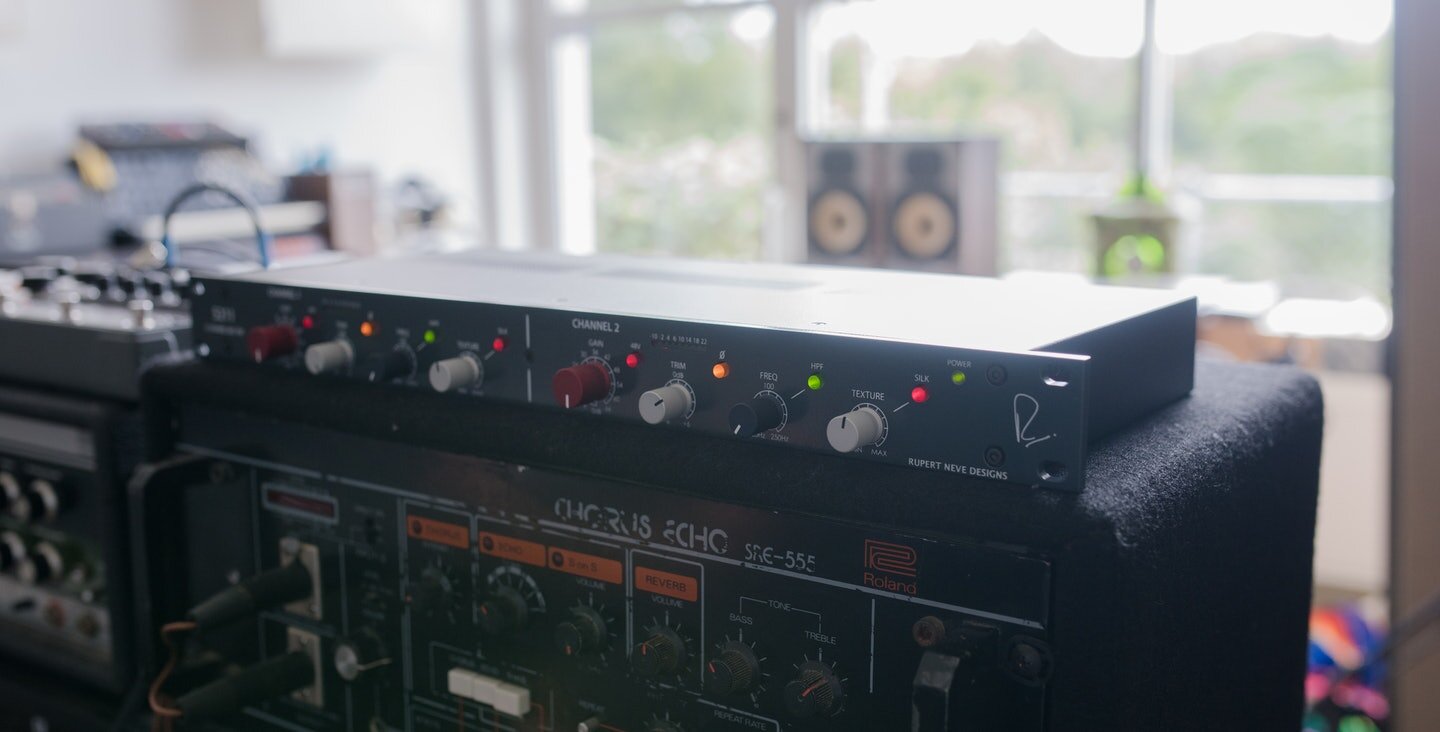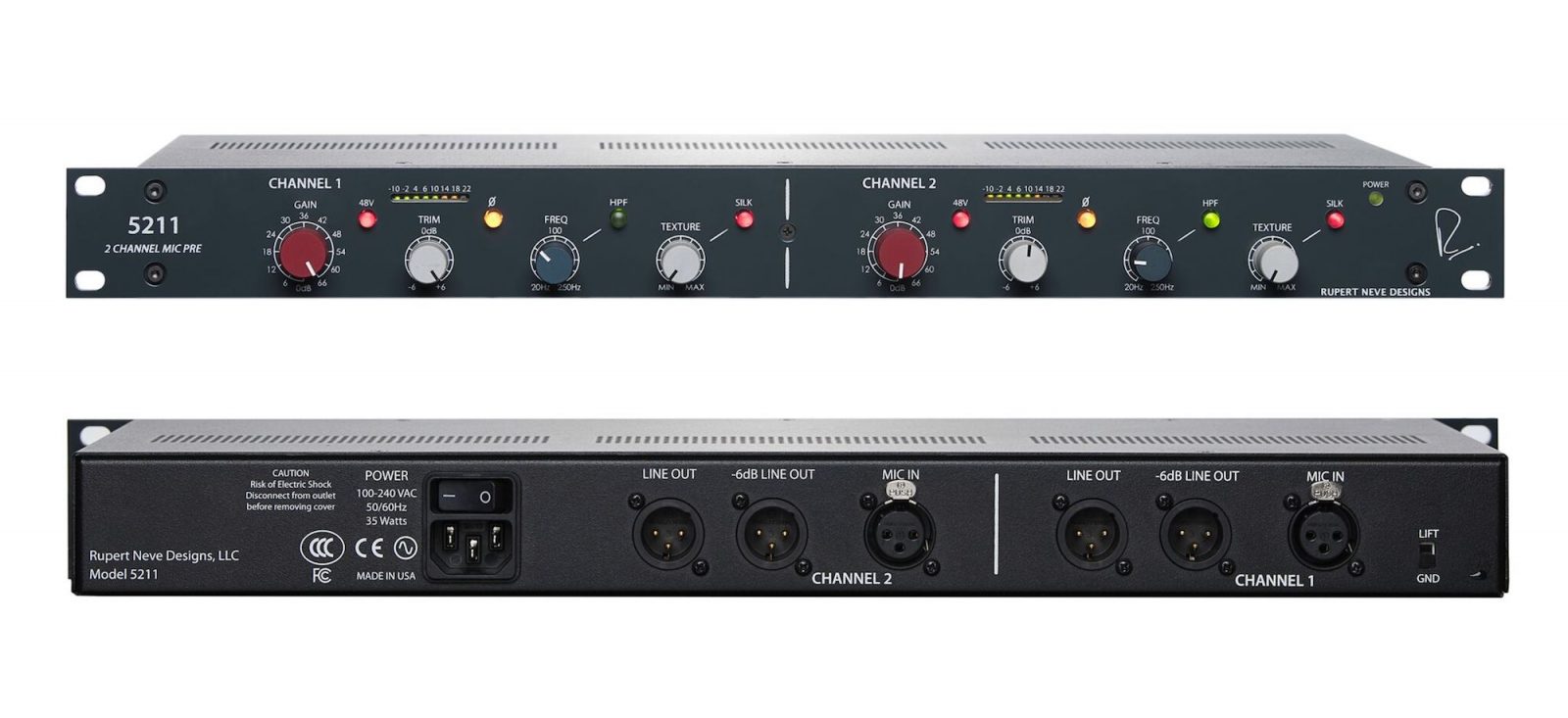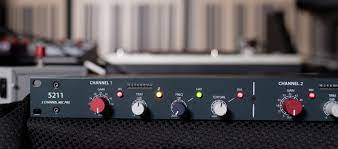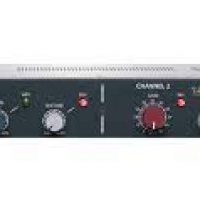Product omschrijving
“If you’re a home studio owner, investing in a 5211 could be a wise move, as it will provide you with a super-high-quality and versatile front end, which, when coupled with good mics and a quality interface, will help ensure that your recordings can stand up to the competition. What’s more, you can be sure that it will hold its value over the years.”
MIX Magazine
Rupert Neve Designs is proud to announce the 5211 Two Channel Microphone Preamplifier, on display at this week’s 2018 AES Show in New York City. Each channel has 72dB of gain, sweepable high-pass filters, variable Silk output saturation, and the same dual-tap output transformers found in the company’s acclaimed Shelford Channel. These custom output transformers provide both high-headroom and -6dB low-headroom outputs, allowing the user to fully drive the output stage without clipping converters and increasing the unit’s possible tonal variations.
Rupert Neve Designs’ first product was the 5012 Duo Mic Preamp, released in 2005; the new 5211 represents an evolution of the 5012’s features, circuit design and form factor. Aside from the 19” width, “Shelford” style faceplate color, new dual-tap output transformers, higher voltage +/-21V rails and internal auto-switching power supply, the addition of the company’s much-loved variable Silk circuit “saturates the class-A output stage to dial the harmonic content up to and beyond that of Rupert’s classic designs, while still providing the option of a pristine, open and modern sound when disengaged.”
What is Silk?
One of the key features of the 5211 is the Silk / Texture control. The Silk circuit was initially developed for the original Portico series mic preamplifiers, and was only a single switch – on or off – that added a specified amount of musical, pleasing harmonic saturation to the unit’s output stage.
Taking this concept one step further, the Texture knob is designed to adjust the actual amount of harmonic content from the source material.
So how does it work? By reducing negative feedback across the output transformer and adjusting this feedback’s frequency response, the Silk / Texture circuit provides the sweet, musical saturation found in Rupert’s legendary vintage designs – but with complete & precise control over the amount of classic tone you want. And when the level is driven to the edge of its headroom, the Silk effect is multiplied.
Why a -6dB Output?
Complementing the Silk circuit is the custom-designed output transformer from the renowned Shelford Channel, which uses Rupert Neve Designs’ unique dual-tap output topology. This offers both full-headroom (+26dBu) and -6dB outputs, allowing the engineer to drive the unit fully into classic transformer saturation without clipping converters and other devices later in the chain.
Unlike the Shelford Channel, which uses a mic input transformer for a more vintage topology, the 5211’s input is fully transformerless, maximizing signal clarity direct from the microphone. Combined with the more extreme saturation from both variable Silk and the custom output transformer’s lower-headroom tap, the 5211 is capable of producing tones ranging from thick & warm to breathtakingly delicate & clear. It’s the best of old and new alike.

MIC GAIN
A 12-way precision rotary switch controls gain from 0 to 66 dB in 6 dB steps.
TRIM
Continuously variable +/-6 dB level control.
SILK / TEXTURE
Pushing the Silk button engages the Red Silk circuit, which reduces the negative feedback on the output transformer, adding harmonic content as the texture is increased. Red Silk accentuates the saturation in the mid and high frequencies, similar to that of the Red Silk mode on the Shelford Channel. By manipulating the Texture control, the amount of Silk can be changed from essentially absent, to roughly 10 times the amount of coloration / distortion found in Silk from the original Portico Series. With Silk / Texture engaged, the distortion characteristic and harmonic content of the unit are very reminiscent of many of Rupert’s vintage class-A designs.
Level Meter
An eight-segment LED bar-graph meter displays output level (pre-Silk). from -30 dBu to +22 dBu.
Polarity
Reverses the polarity of the input signal.
High Pass Filter
Continuously variable from 20Hz to 250 Hz, and engaged with the HPF button.
Phantom Power
Provides 48V phantom power to microphones.
-6dB Output
A secondary split off the output transformer with a lower headroom, designed to allow engineers to fully drive the output of the 5211 without clipping converters and other devices.

 Product is toegevoegd aan uw winkelwagen
Product is toegevoegd aan uw winkelwagen







